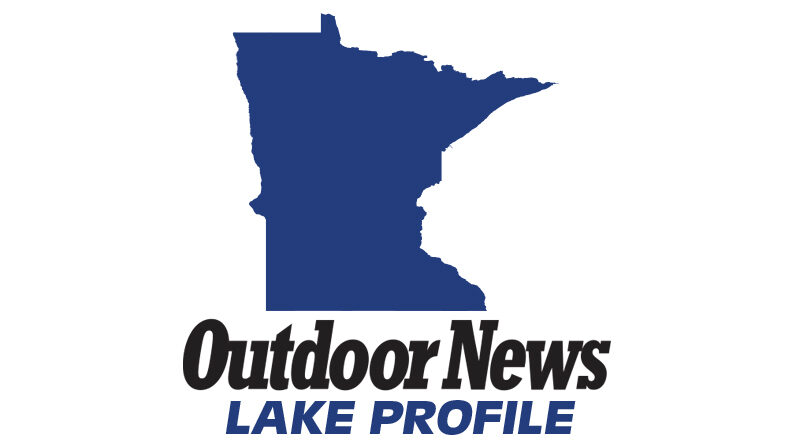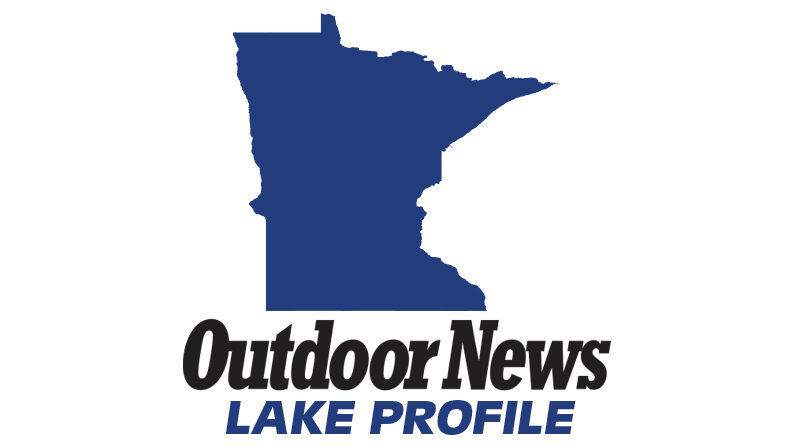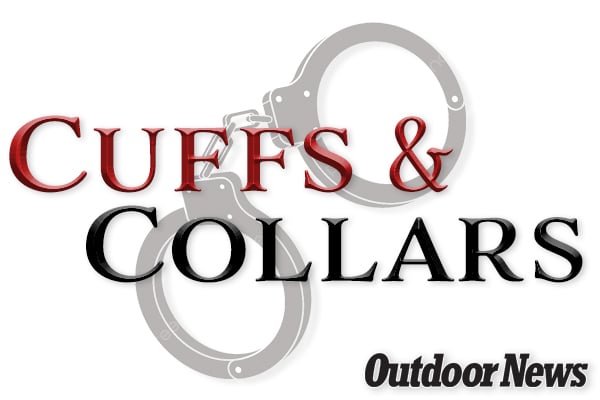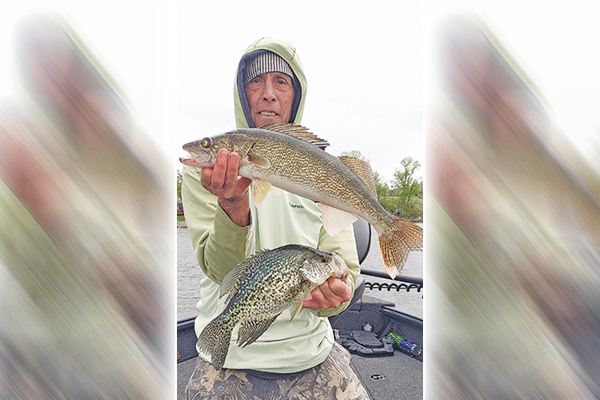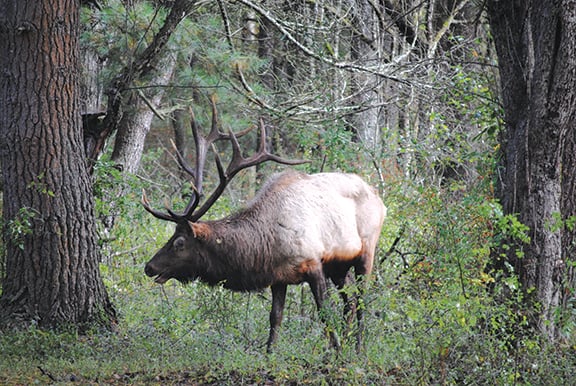Black bear sightings on the rise in Northeast Iowa – Outdoor News
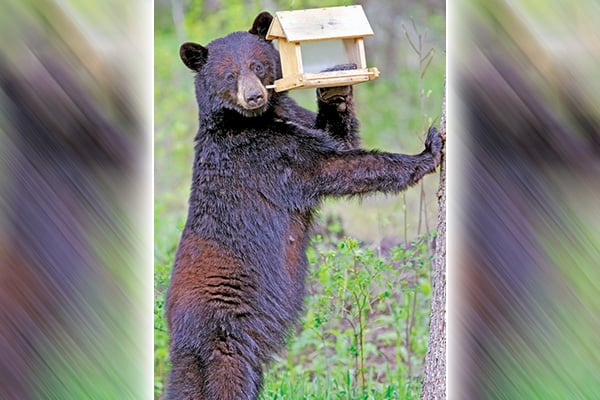
The Iowa Department of Natural Resources (DNR) has been meeting with officials from local conservation boards, police departments, sheriff’s offices and dispatchers from counties in northeast Iowa to discuss how to respond to black bears in the spring.
The DNR said in a release issued on April 29 that encounters with bears are likely becoming more common in this region of the state.
“Bears emerge in the spring looking for food, generally feeding on the early greens and don’t really care about humans, they’re just being a bear,” said Vince Evelsizer, state furbearer and wetlands biologist with the Iowa DNR.
In Iowa, the spike in bear activity occurs in late May and June, which is the breeding season when a few black bears are more likely to disburse from Minnesota and Wisconsin, where populations are much larger and growing. Minnesota has an estimated 16,000 black bears, while Wisconsin’s population is around 24,000.
“Black bears are not that far from Iowa’s border,” Evelsizer said. “We typically have two to five bear sightings each year, which we believe are usually younger males. They are relatively timid, and just looking for food and/or females. It’s new and exciting, but can lead to human-bear conflicts.”
MORE COVERAGE FROM OUTDOOR NEWS:
New York’s 2025 Great Lakes Preview: Let’s keep the Great Lakes ‘great’
Here’s what to know about the status of Minnesota’s ‘Great Eight’ walleye lakes ahead of opener
A case for fishing the Minnesota River — where ‘you never know what you may hook into’
Bears have been responsible for destroying bee hives and have been found on back decks and in back yards emptying bird feeders. If a bear does show up around the house, he said try to scare it from a safe distance.
“Use loud noises, like yelling at it, clapping two pieces of two- by- fours loudly, or banging pots and pans,” he said.
“Give bears plenty of space to move on and also, take away food attractants,” he said. “Do not feed bears as that rewards the bear for coming into town and associate’s humans with food. Removing any outdoor pet food dishes, bird feeders, trash cans and grills into secure locations will help to avoid conflicts and encourages the bear to move on.”
Meetings were held in Dubuque and Fayette with city and county officials from Winneshiek, Allamakee, Clayton, Fayette and Dubuque counties, connecting officials who will likely be involved in one way or another when a bear appears this spring.
“We don’t want to block the bear’s travel, or back it into a corner. If a bear climbs a tree to escape onlookers, it can jeopardize the safety of the bear itself – you need to give it plenty of space. Folks can enjoy seeing a bear, but from a safe distance. It’s a neat thing, but give it space – as in 100 yards or more,” he said.
“It would be nice, in an ideal world, that we would know when a bear is coming through ahead of time, to notify citizens so they can remove any attractants,” he said. “Sometimes that happens, thanks to our citizens, area DNR staff and local partners, and that helps us track the bear’s location occasionally to keep tabs on its travel.”
Iowa has gone from having an occasional visiting bear, to more frequent visiting bears to now having two- to- four bears move in and over-winter. And could see more in the future.
“Sightings are still of individual bears. We haven’t documented cubs or a breeding population yet,” Evelsizer said.
Students from Drake University modeled habitat across Northeast Iowa favorable to black bears, as part of a capstone project, and determined that with its larger sections of timber, Northeast Iowa could support up to 1,100 black bears.
Black bears are native to Iowa, but had been eliminated by the late 1800s as the state was settled. Since the species was gone, black bears were not listed as a furbearer species by the Iowa legislature of the day, and currently have no protection in the state.
“The public is keenly interested in bears and we hope to be proactive with education and outreach as the bears move in to the state,” he said.
“It’s pretty exciting to think about that – there might be a bear in the woods,” Evelsizer said. “Some people love bears; some people are scared to death of bears and bear attacks, because of the amount of misinformation out there.”
The biggest takeaway, he said, is that between 1900 and 2009, there was only one black bear fatality in Minnesota, none in Wisconsin, and two in Michigan. Bear attacks are extremely rare, and most incidents involved unsecured food sources, he said.
“We encourage Iowans to give black bears space if they see one. It is a large, wild animal. Also, enjoy the sighting and continue to enjoy the outdoors. Residents in Minnesota and Wisconsin have learned to live with bears,” he said.
The Iowa DNR is a member of BearWise, a national organization that provides information on living responsibly with black bears around the home, and when recreating in the outdoors.
Source: https://www.outdoornews.com/2025/04/29/black-bear-sightings-on-the-rise-in-northeast-iowa/


